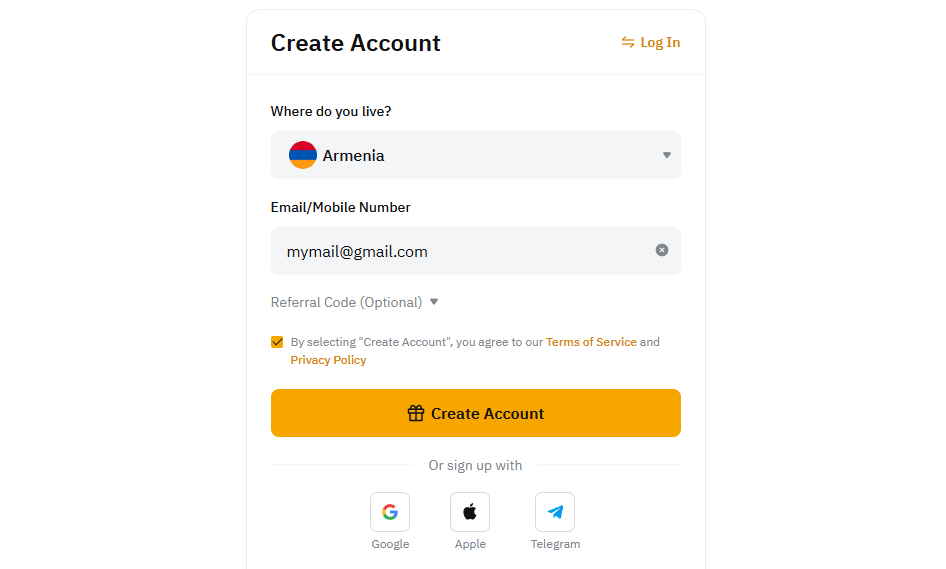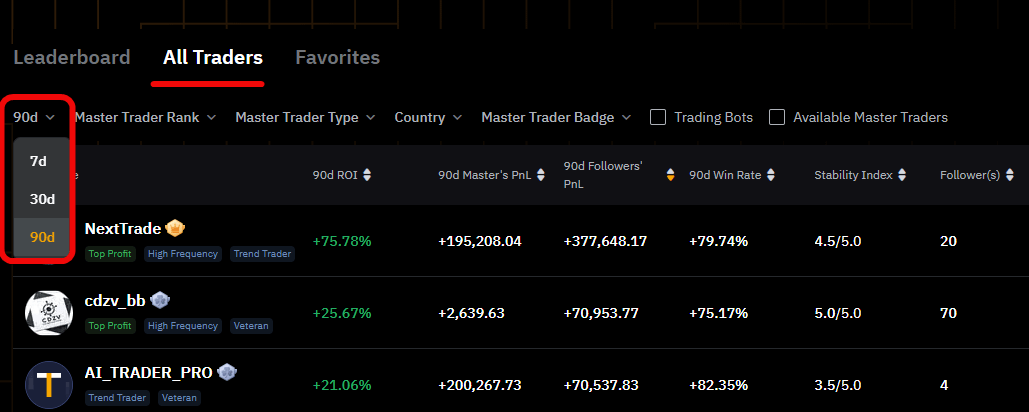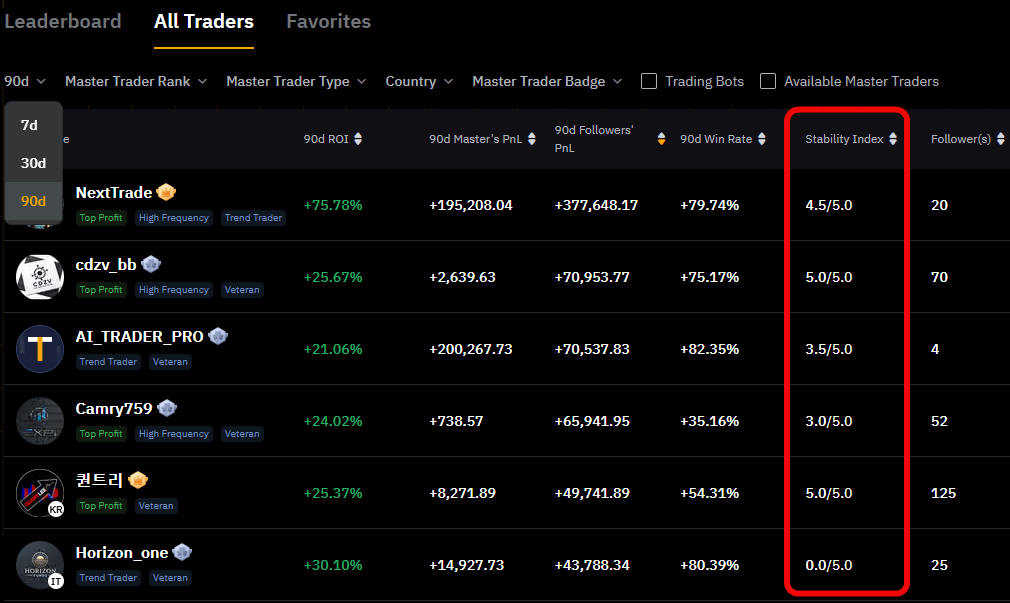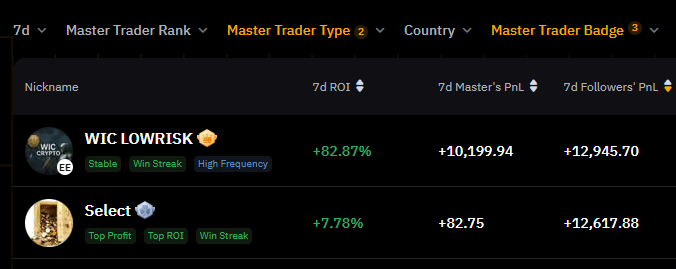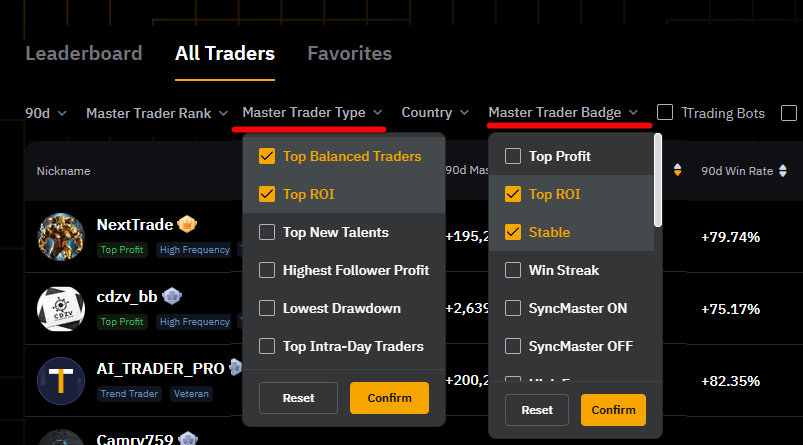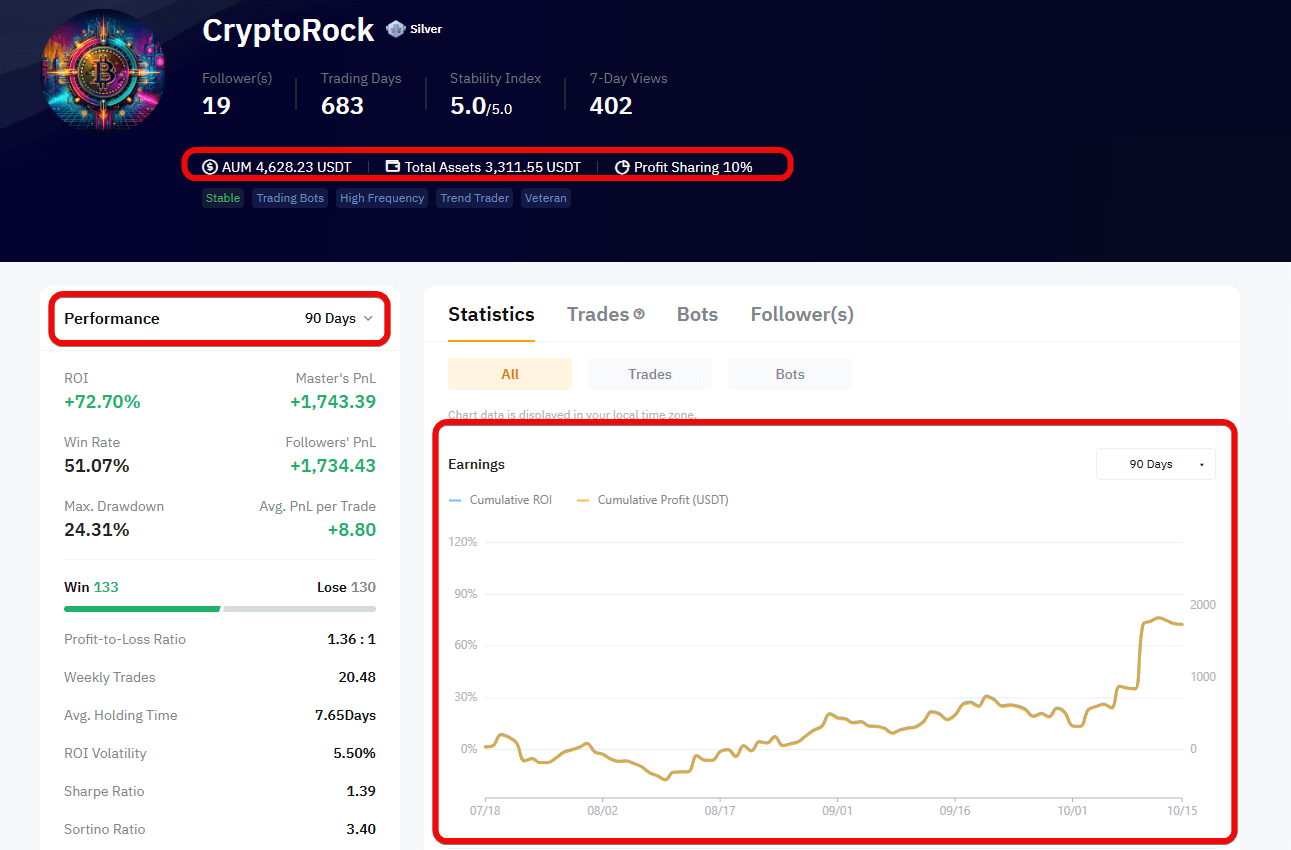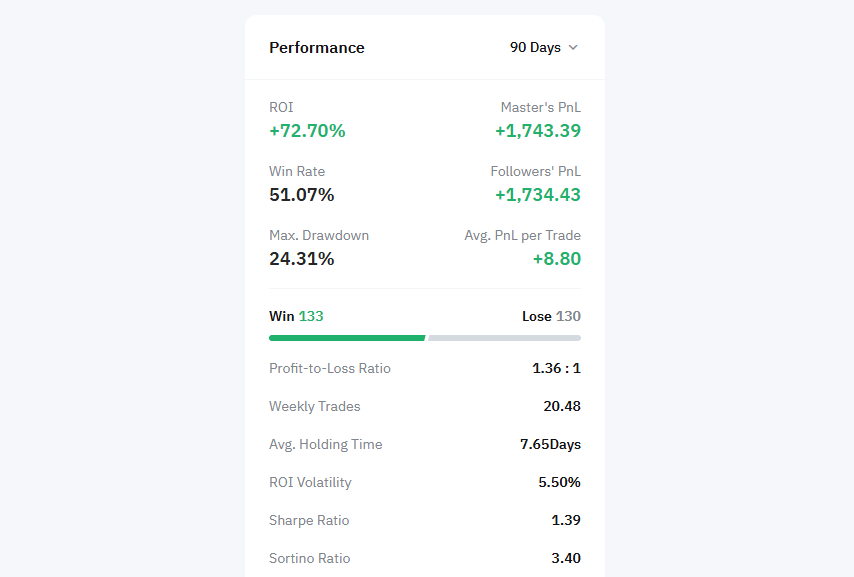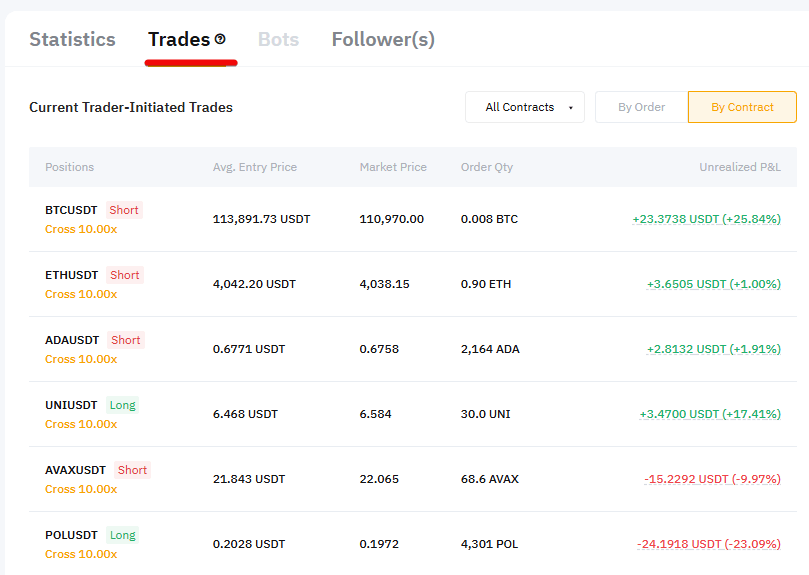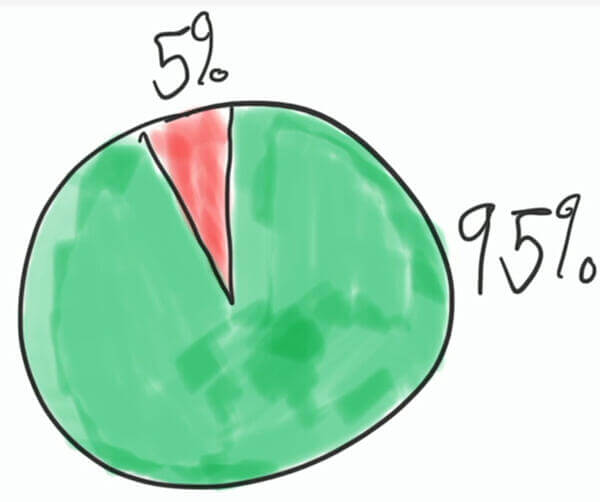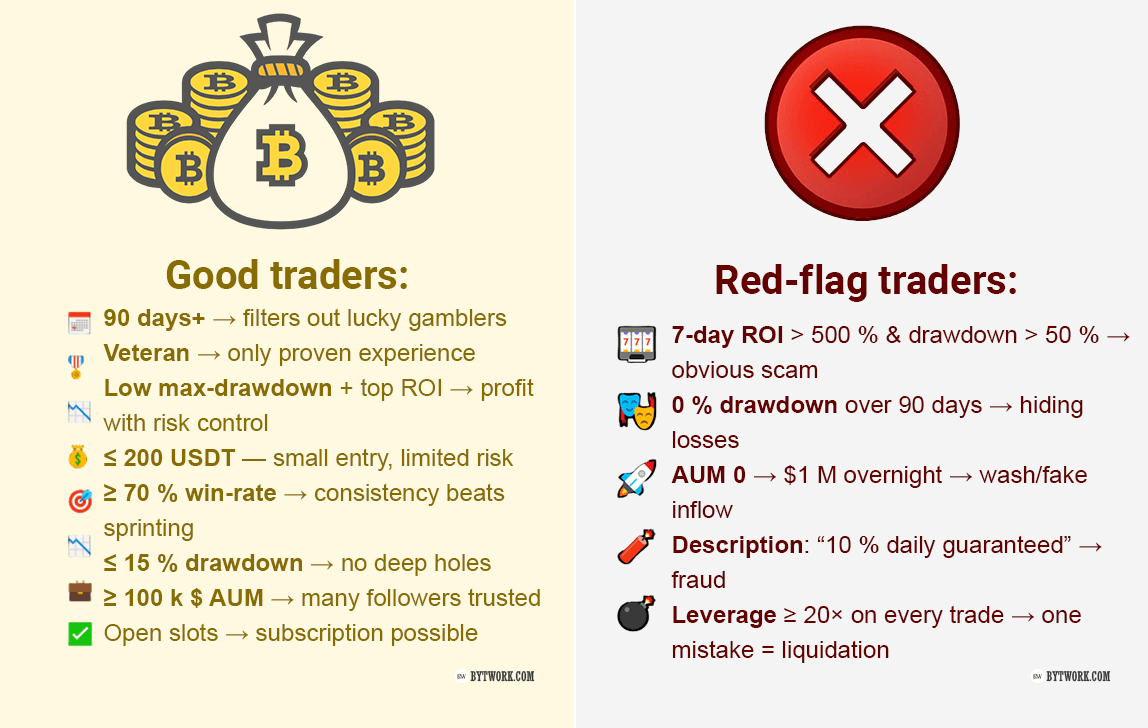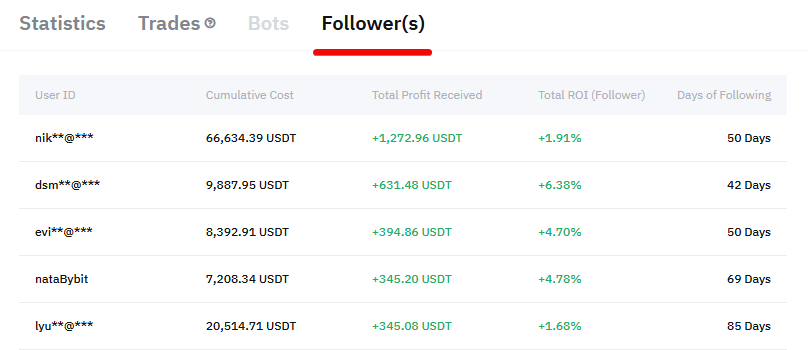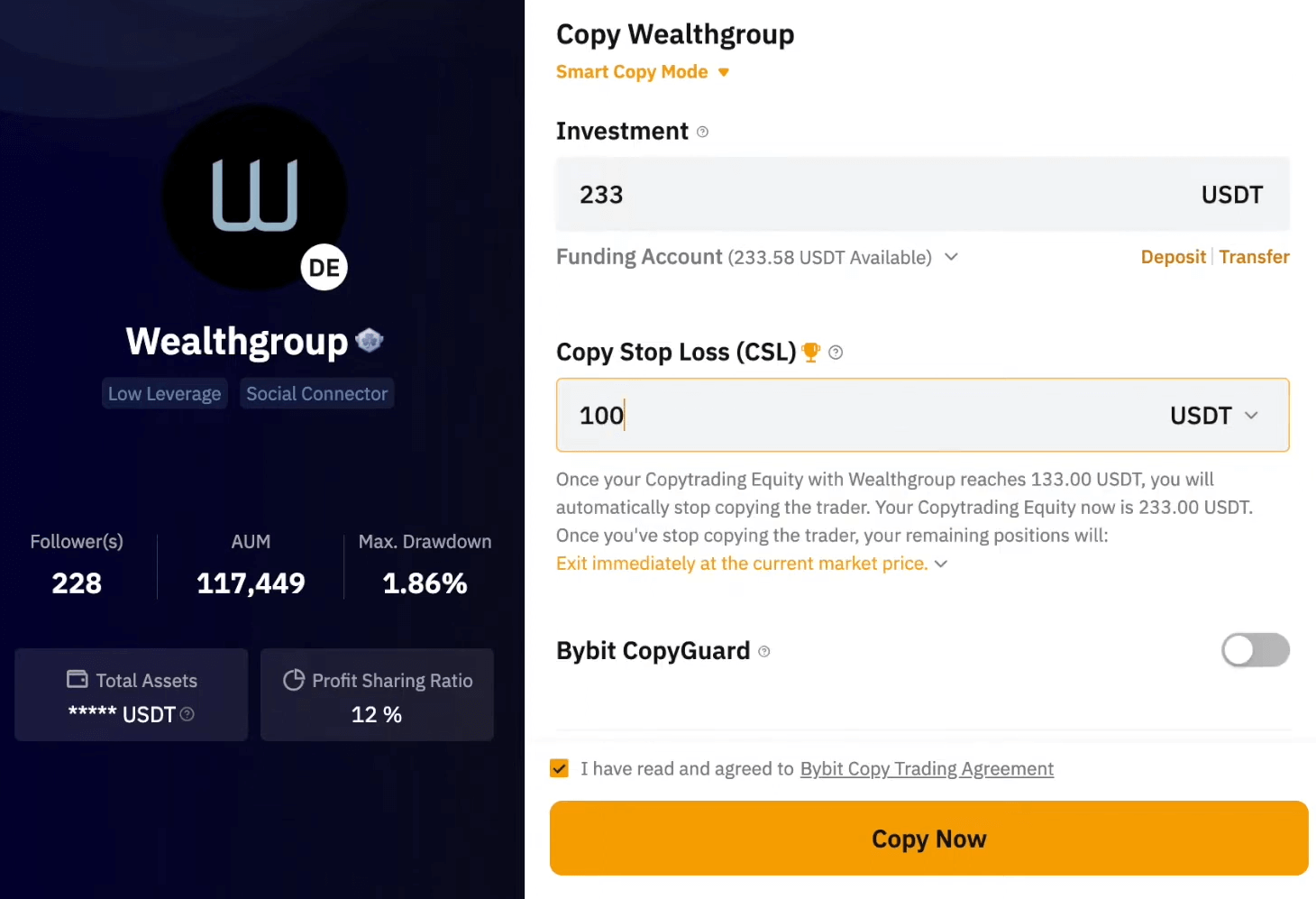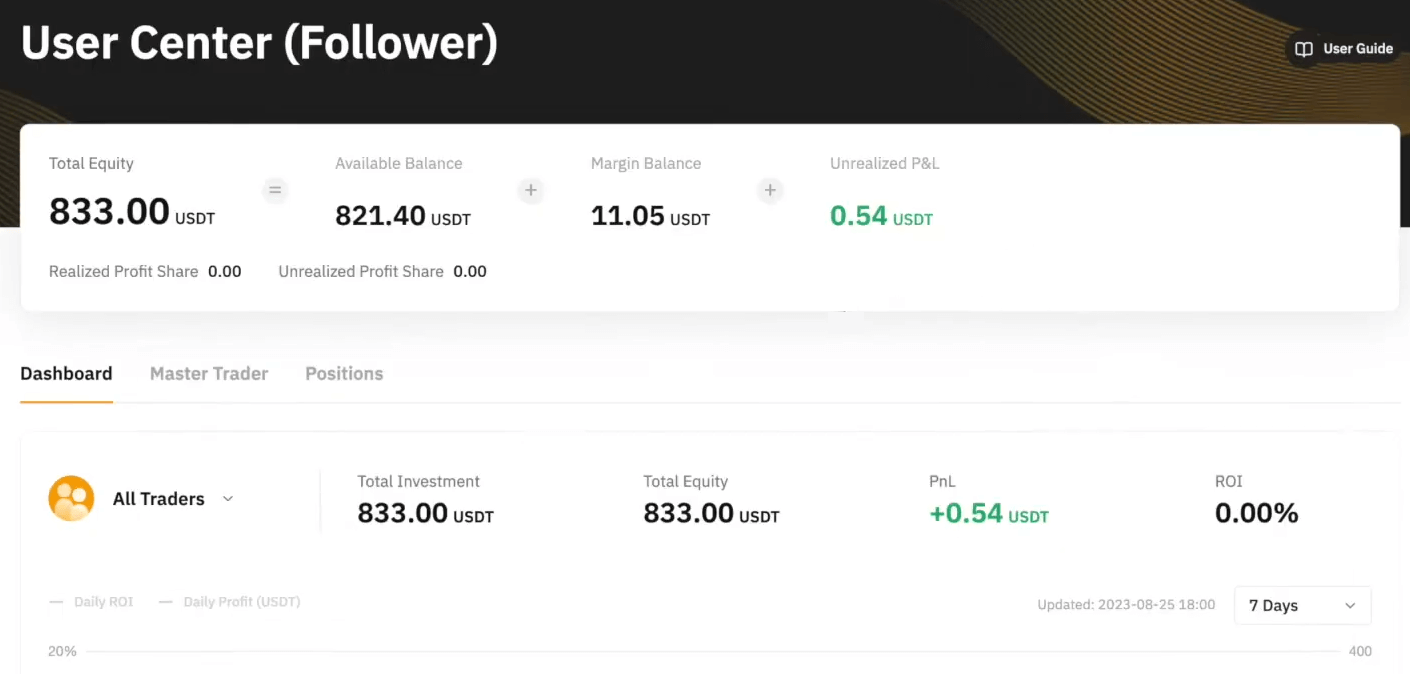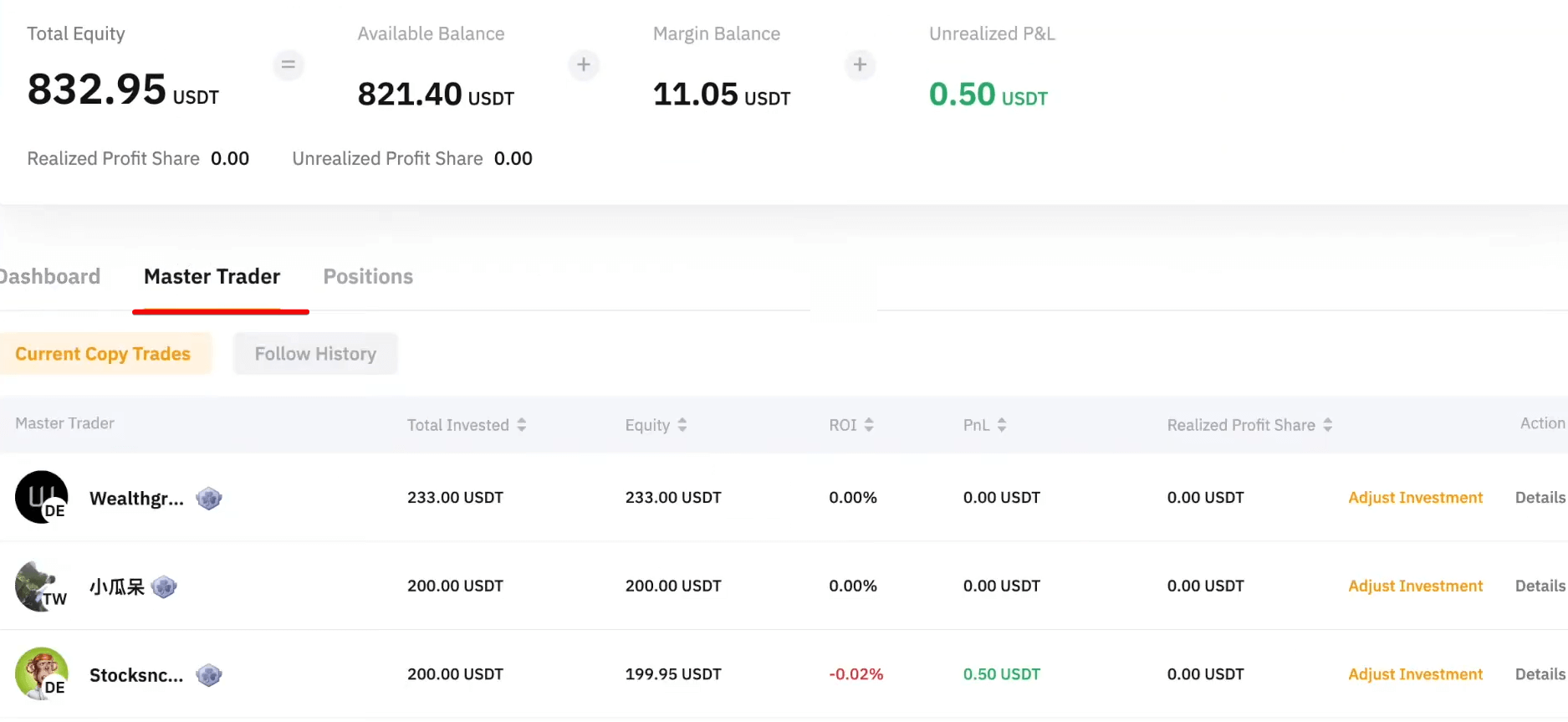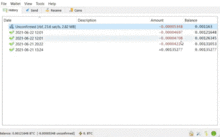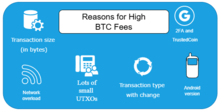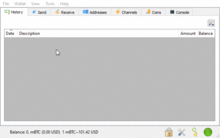How to start copying successful traders on Bybit: a step-by-step guide
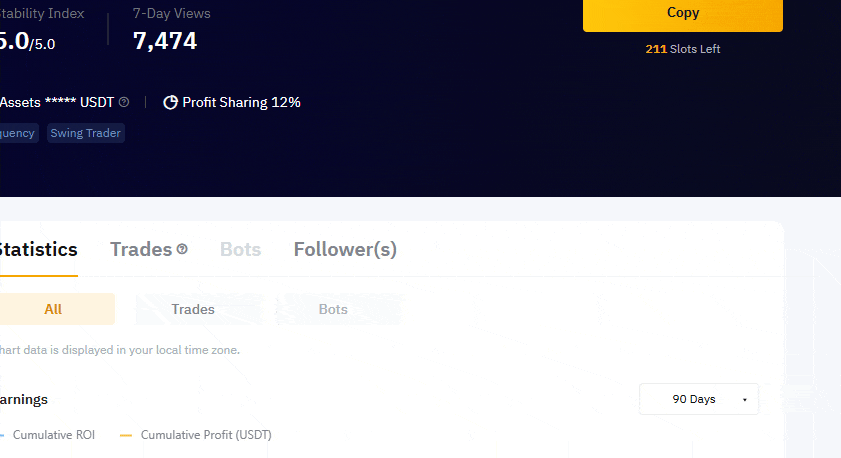
In copy trading, you automatically copy the trades of other traders and share in their profits or losses.
Those who copy trades are called followers, while those whose trades are copied are called master traders or lead traders.
On Bybit, you can follow up to 10 master traders simultaneously, diversifying strategies and optimizing your portfolio. Let's break down the entire process step-by-step.
Registration and Account Funding
The first step is to create a Bybit account. Go to the bybit.com website, click the Sign Up button, and enter your email address.
Then, check your email, as Bybit will send a 6-digit verification code. After entering the code, your registration will be complete. Once you fund your account, you can start copy trading.
The second step is funding your account. Navigate to the P2P section, where you can deposit funds using bank cards. Follow the instructions for depositing/withdrawing on Bybit. After your funds are credited, you need to choose a Master Trader to copy.
How to Choose a Trader?
In the Tools section, select Copy Trading.
On the next screen, many get tricked – you'll see a list of thousands of Master Traders with their seemingly impressive statistics.
However, to choose a trader correctly, you need to consider 3 key factors:
- Long-Term Profitability
- Stability Index
- Diversification
And here's why.
Focus on Long-Term Profit
First, long-term profitability is crucial because short-term luck is often deceptive, and maintaining consistent profits is more challenging.
In other words, those attractive stats on the main screen are a selection of those who got lucky. Therefore, it's recommended to use the ROI statistics for 30 and 90 days.
This helps identify which master traders maintain consistent profitability in their accounts!
Use the Stability Index
Second, you should use the Stability Index, which ranges from 0 to 5 and helps followers quickly assess the stability of a master trader's profits.
To limit risks, focus on selecting traders with higher values of this index.
Use Filters
You should also filter traders by specifying 90 days in the filters, the trader's status, their balances, and more.
It's also important to look at the Assets Under Management (AUM) – this is how much other users have entrusted to this trader. Check the box for Top Balanced Traders.
In the filters:
Top ROI– Sort traders by 30 and 90-day profitability.Top Balanced Traders– Choose traders with large AUM.Stable– Apply the Stability Index filter.Veteran– Look for experienced traders with a track record.
After filtering, go into the profiles of the top performers and study their number of followers, the total profit these followers have earned, the win rate, and the stability of the profit curve. Let's examine this in the profile analysis.
Analyze Profiles
Switch the chart to the 90-day view and see how smoothly the profit curve grows.
The top shows the AUM – the volume of assets under management. The larger the capital, the higher the trust in the trader, although a small AUM doesn't always mean low quality.
Next, study the trade frequency, average holding time, win-to-loss ratio, average profit and loss size, and how much followers are earning.
How to read this data? Take a look at the trader's scorecard:
| Metric | Value | Assessment for You |
| ROI | +72.70% | Excellent - High profitability |
| Win Rate | 51.07% | Normal - Every second trade is profitable |
| Max. Drawdown | 24.31% | Very Poor - High risk, large drawdowns |
| Profit-to-Loss Ratio | 1.36 :1 | Good - Profits are larger than losses |
| Sharpe/Sortino Ratio | 1.39 / 3.40 | Very Good - Effective risk management |
| Followers PnL | +1,734.43 | Good - Followers replicate the success |
If hundreds of followers show consistent profits month after month, it's a good sign. Remember, the master receives roughly 10-20% of the profit they generate for their followers.
Next, you need to understand the trader's strategy, check if their follower count is inflated, and see if there are any open losing trades.
Review Trader Strategies
A trader focused solely on BTC is often preferable to one placing orders on many low-liquidity altcoins.
Review recent trades to understand if they use a directional trading strategy or trade both long and short positions.
It's better to fully copy their style, as it's the trader's strategy and vision. Otherwise, you might exit a trade earlier than the trader intended and lose funds.
Diversify
It's wise to use copy trading for only 5%-7% of your portfolio to learn how to copy trade and understand how it works!
You should also choose several traders to copy, distributing your assets among them. Entrusting everything to one trader is clearly not advisable.
Use the Final Checklist
Many traders artificially inflate their ratings and profits to deceive followers. Use this master trader selection checklist:
A mentor's personal 300% ROI means nothing if their followers are losing money. Check the Followers tab to see the real picture.
What matters is steady growth and proof that real people are consistently earning with the master!
How to Start Copying?
Once you've made your choice, click the Copy button in the trader's profile. In the window that appears, specify the amount you plan to allocate, based on your overall risk strategy.
It's best to use no more than 5-10% of your entire crypto portfolio and distribute this portion among several masters.
For example, with $1200 available, allocate $233 each to 5 different traders.
The settings include parameters like: margin, maximum position size, daily limit, stop-loss, take-profit, and slippage tolerance. However, making too many changes turns copying into your own independent trading!
The conclusion is:
- If you trust the trader's system, let it work with the settings intended by the trader.
- If you don't trust it, choose another master instead of forcefully adapting someone else's strategy to your own rules.
How to View Results?
After setup, go to the My Copy Trading tab. Here you can see all connected masters, open trades, profits and losses, and the total amount used. Check it regularly.
If a trade seems unreasonable, you can close it manually, so even when copying, you retain full control over your account.
If a trader starts consistently losing their followers' money for several weeks in a row, withdraw your funds and redistribute them. Think of yourself as a portfolio manager and the masters as your team players. If someone stops performing, replace them!
Some popular traders have a limited number of slots. If there are no free slots, join the waitlist and get notified when a spot opens up. It's better to wait for a slot than to subscribe to questionable traders!
On the other side. If you are an experienced trader, you can apply to become a master trader yourself, allowing others to copy your trades!
Drawbacks and Risks
The most common drawbacks on the platform are inflated follower counts among master traders. But this isn't the only risk.
| Risks | How to Identify | What You Lose |
| 7-Day Profit Spikes | Check 90-day history, not 7-day | Enter at the peak and immediately face a drawdown |
| Hidden Losses | Check Open Positions. Many unclosed losing trades | An 80% win rate turns into –30% |
| AUM Inflation | 10 subscriptions from their own accounts inflate AUM. Check follower usernames | You trust a 'big' trader, then catch losing trades |
| Master's Profit Only From Your Gains | Master takes 10% of your wins, but you bear 100% of the losses | The math is always against you if you choose poor traders |
| Bots vs Human | Your copy lags by 500ms and the price is 0.5% worse | Due to slippage, trades can open in the red |
| Referral Kickbacks | Bloggers promoting copy trading receive commissions | Following ads instead of objective reviews carries risks |
Disclaimer: all information provided in this article should not be taken as financial advice! This article was created for educational purposes only.
